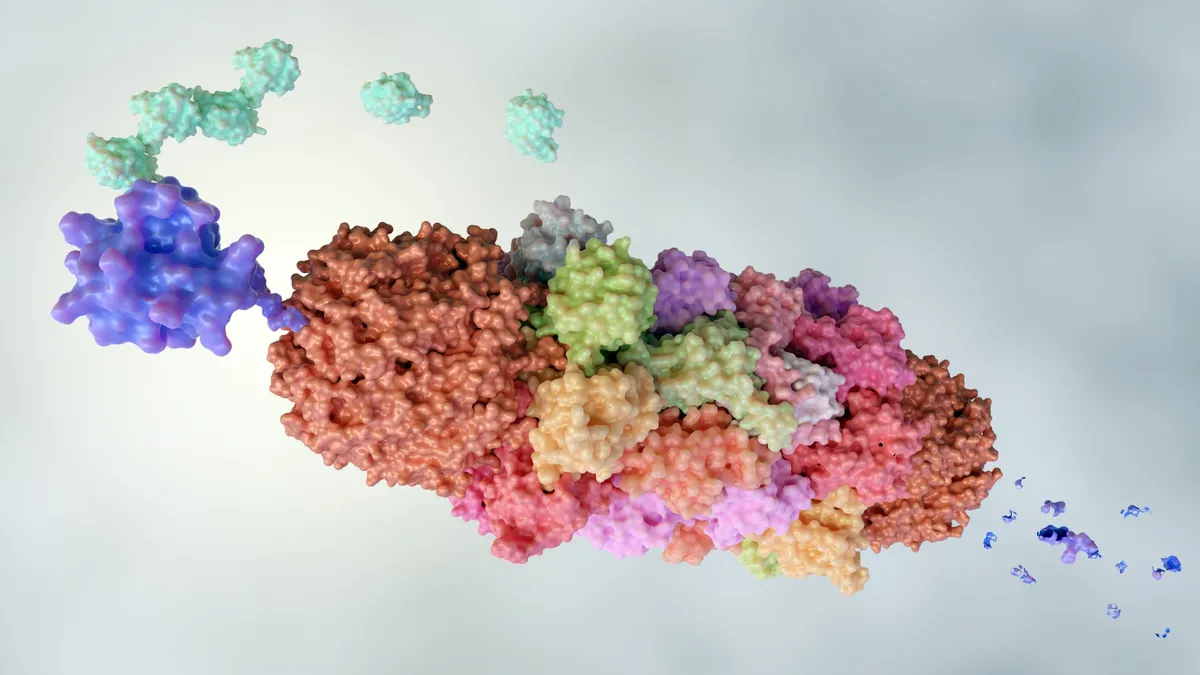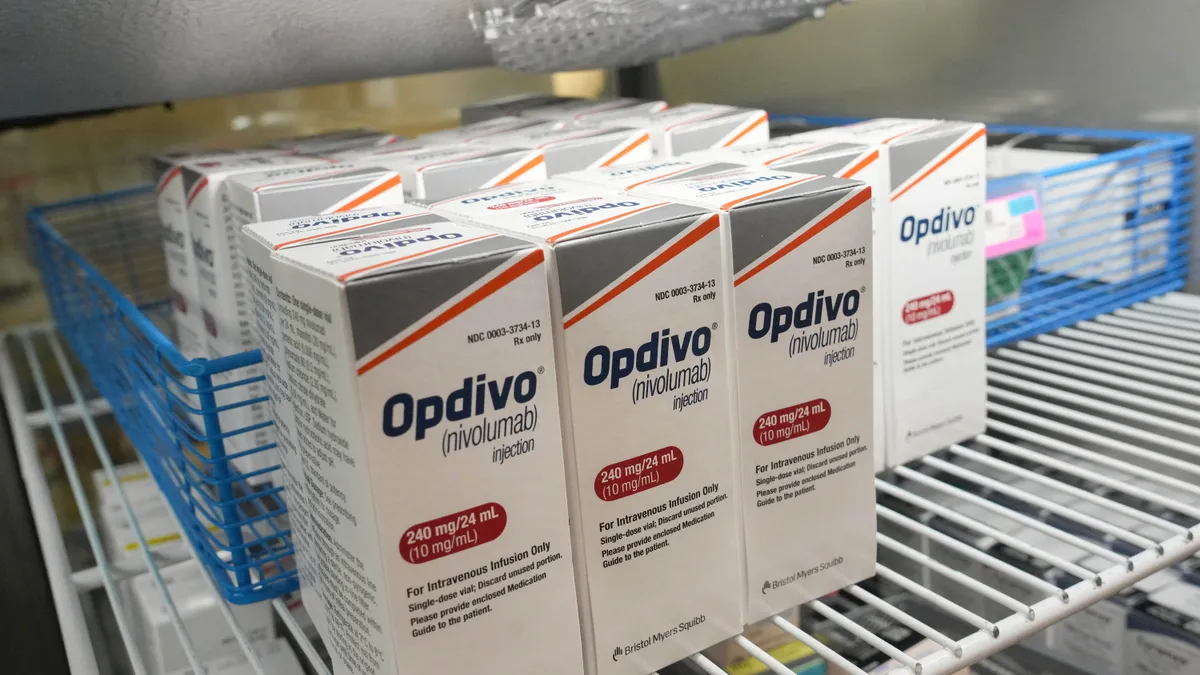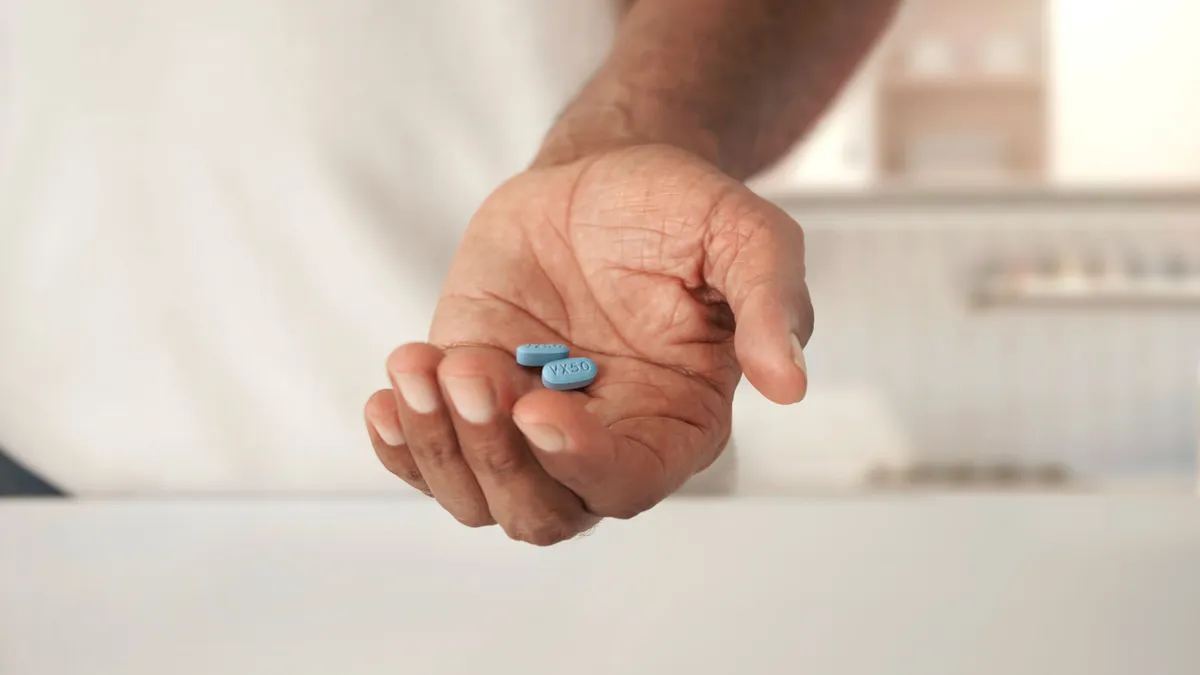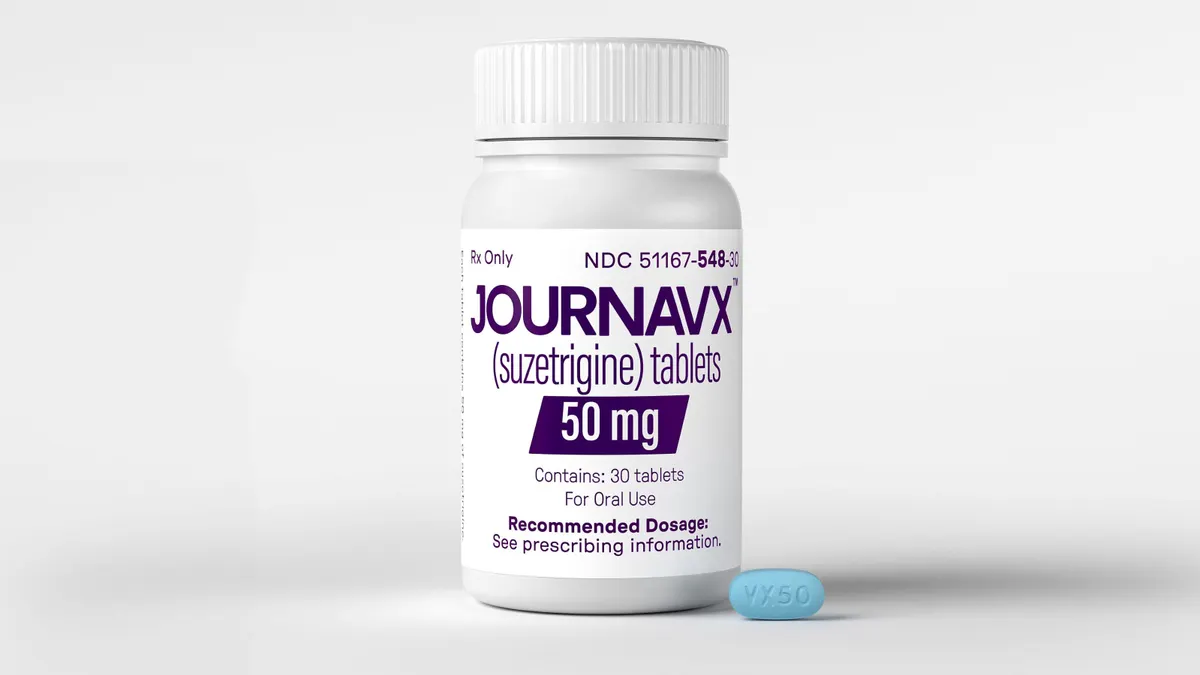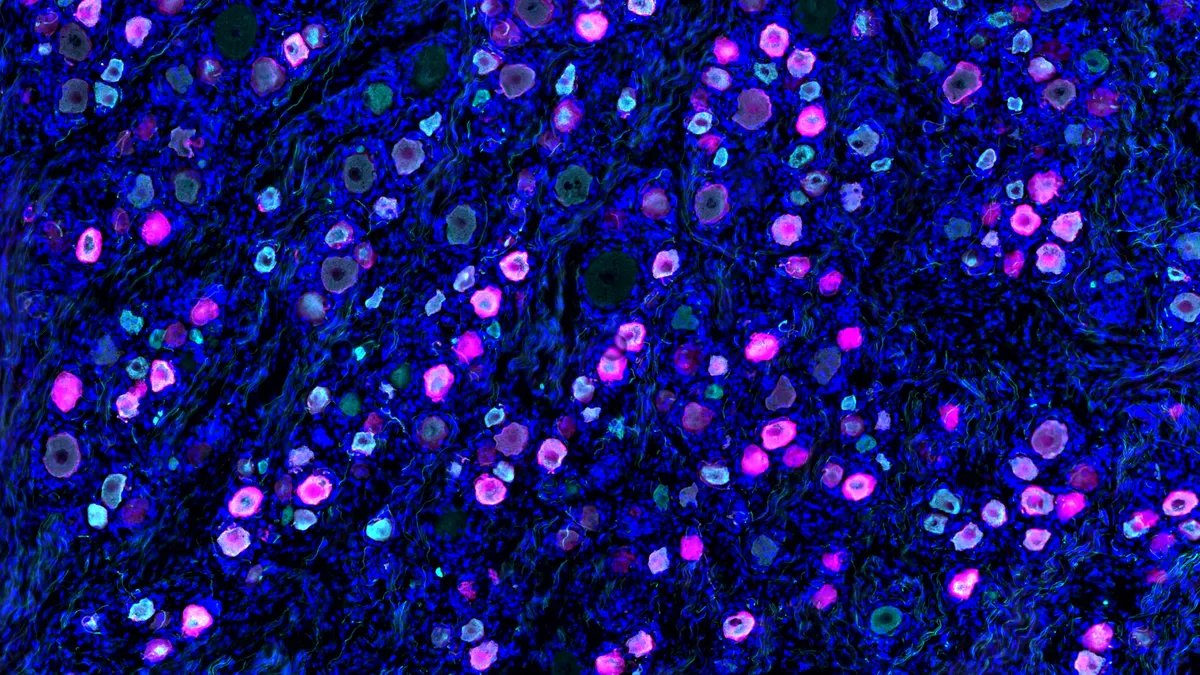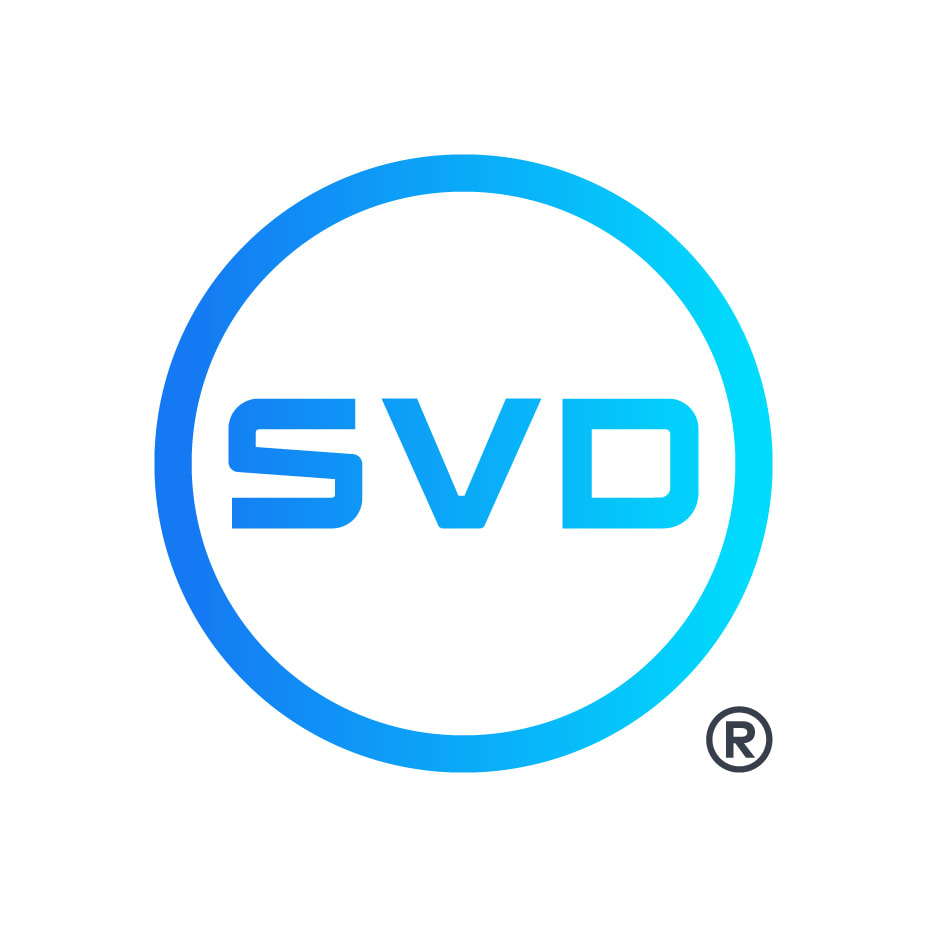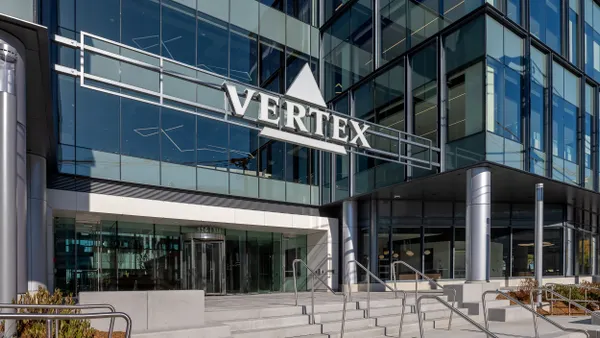Vertex Pharmaceuticals made its name and fortune by developing ever more effective medicines for the rare disease cystic fibrosis. On Monday, the biotechnology company disclosed two setbacks that suggest one of its next targets for a similarly iterative approach to innovation, pain, may not go as smoothly as it and investors had hoped.
Alongside earnings for the second quarter, Vertex disclosed that a successor drug to its pioneering pain medicine Journavx, which was approved this January in the U.S., failed to meet its main goal in a mid-stage clinical trial. As a result, Vertex will no longer advance this follow-on compound, dubbed VX-993, into pivotal testing for acute pain treatment on its own.
At the same time, Vertex informed investors it would not start a late-stage study of Journavx in a form of sciatica, after the Food and Drug Adminsitration indicated an expanded approval in peripheral neuropathic pain would be unlikely. The company had aimed to use data from testing in sciatica and an ongoing study in diabetic neuropathy to widen Journavx’s use beyond the acute pain indication it currently holds.
“While a broad [peripheral neuropathic pain] label remains our goal, at this time the FDA does not see a path to a broad indication as such,” said CEO Reshma Kewalramani on a Monday evening call with investors.
Instead, Vertex will start a second Phase 3 trial in diabetic neuropathy to eventually support an approval application there. According to estimates recently cited by Vertex, about 2.4 million people in the U.S. have diabetic neuropathy — about one-fifth the 11 million or so people who have peripheral neuropathic pain, which includes sciatica and other types of chronic nerve pain.
Shares in Vertex fell by more than 14% in post-market trading Monday on the news, which, if sustained, would translate to erasure of about $17 billion in market capitalization.
Pain is one of many research directions Vertex is pursuing as it seeks to become bigger than the cystic fibrosis medicines that made it one of biotech’s most valuable companies. But it’s arguably the company’s highest profile bet, as Journavx offers an alternative to the powerful, but dangerously addictive opioid painkillers that have claimed hundreds of thousands of lives in the U.S.
Journavx works differently, in ways that are not thought to be similarly habit-forming. While the medicine proved effective at dulling the sharp and stabbing pain that can occur after surgeries like a bunion removal or “tummy tuck,” data from testing showed it to be about as potent as a weak opioid.
Still, analysts have penciled in billions of dollars for future Journavx sales, seeing a large market in post-surgery therapy that could later be expanded to include chronic pain treatment.
Getting to that goal now looks like it will require more time and more testing. Vertex aims to finish enrolling both diabetic neuropathy studies by the end of next year and intends to keep engaging the FDA on paths toward an expansive peripheral neuropathic pain label.
In a note to clients, RBC Capital Markets analyst Brian Abrahams said Monday’s update eliminates a “blue sky” scenario for Vertex.
The study failure for VX-993, meanwhile, weakens Vertex’s argument that the company can improve on Journvax’s effectiveness with successive compounds, as it did in cystic fibrosis.
The news, Abrahams wrote, “reduces any potential halo effect around the pain franchise and underscores that it may be more challenging than some expected to iterate and improve upon [Journavx].”
Paul Matteis, an analyst at Stifel, told his bank’s clients in a separate note that VX-993’s failure hints Vertex “may have nearly maximized the efficacy” it can extract from the way Journavx works, which is by blocking pain-regulating proteins known as NaV1.8.
Kewalramani acknowledged that possibility on Monday’s call. “The outcome of the study combined with the totality of evidence from our preclinical models and previous NaV1.8 inhibitor clinical studies in acute pain suggest we are at the high end of the NaV1.8 dose response curve for acute pain in the post-bunionectomy setting.”
Vertex continues to enroll a Phase 2 study testing VX-993 in diabetic neuropathic pain. And it could still combine the compound with other molecules that target a related protein called NaV1.7.
Yet the setbacks mean investor focus will fall more squarely on Journavx’s performance on the market. There, Vertex reported $12 million in sales during the three-month period between April and June, beating Wall Street forecasts by several million dollars. More than 111,000 prescriptions have been written for the drug since it became available at pharmacies in early March, Vertex said.





